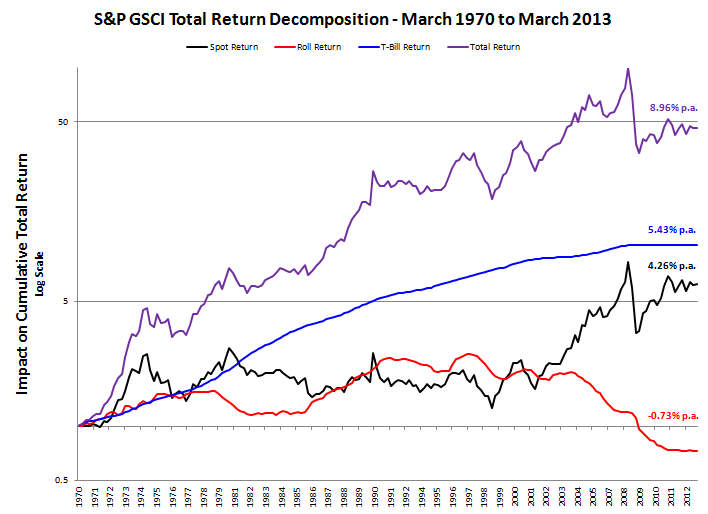VIX Futures Shortterm Performance After SPX Term Structure Inversions
Post on: 10 Август, 2015 No Comment

Max Favorable Excursion (MFE) and Max Adverse Excursion (MAE) on 1-Month holding period returns in the VIX front-month future after VIX/VXV crosses above 1
On Monday of this week, the SPX volatility term structure went into an inverted state whereby the nearest-term option expiries held higher implied volatilities than farther-back months in the expiration cycle. I went back and looked at how the front-month VIX futures contract has performed historically when this phenomenon has occurred. My basis for evaluation is the ratio of the CBOEs VIX and VXV indices. I found this a reasonable approximation for the SPX term structure since it covers the 30 and 90-day sections of the term. I looked at each instance when the VIX/VXV ratio crossed above 1 and then looked at the following 1-month holding period return for the front-month VIX futures contract. I controlled for unique evaluation windows only. So for cases when VIX/VXV crosses above 1 less than 1 month after the last occurrence, it is disregarded from the results. The above chart looks at best-case (max favorable excursion) and worst-case scenarios (max adverse excursion) over each individual holding period on a closing price basis.
What I wanted to see in the data is how much of a risk is there specifically to shorting this event. Looking at the set, you can see that shorting the VIX front-month future when VIX/VXV crosses above 1 since the end of 2011 has been pretty much gangbusterslarge winners and very little to literally zero drawdown in all of the trades. In fact, todays uptick in vol futures represents the worst drawdown (-4.8%) this approach has taken since October of 2011, a month in which the S&P 500 was in the middle of one of the largest one-month gains in stock market history.
Selling this event has historically been pretty productive, but it does carry some substantial risk. While inversions in the SPX term structure can hold significant opportunities on the short side, they also can be signalling a shift in the general level of volatility. Such volatility regime changes can represent catastrophic losses to the volatility seller without risk management of the trade. And those regime changes are unilaterally marked by larger macro forces at play, such as the financial crisis in 2008, the flash crash and European debt crisis in 2010, and the U.S. debt downgrade in 2011. Each one of those circumstances saw huge reversals in the SPX term structure as the VIX rose significantly on each occasion relative to VXV, producing disproportionately large payoffs to long volatility positions.
There is another interesting point to be made here, specifically about the paradoxical nature of profitably timing a long volatility position. My view for a long time on volatility futures has been that the best risk-adjusted entry points for a long position occurs specifically at these term structure inflection points, despite the large uptick in volatility prices that occurs just before these events. Now I would not question that buying vol on days like yesterday has undeniably cost you dearly over the last couple of years. But so has buying vol in pretty much any market environment over that time. Despite low vol environments being easy pickings for a buyer looking for lower prices when the VIX is hovering between 12 and 14, Id argue that your risk-adjusted expected return is likely not any better or even possibly worse due to large negative carry when the VIX is down at those levels.
Sellers of vol sell for that carry, but buyers of vol buy for the big pop. And Id argue that, to put it in terms of Bayesian probabilistic thinking, those big pops become more likely given that the VIX has recently made a significant up move relative to times when the VIX has not been moving higher. Im not arguing that every increase in the VIX implies that a huge pop is soon to follow, Im just suggesting that a higher VIX is (somewhat paradoxically) a better entry point for a volatility buyer than a lower value of VIX, despite the VIXs strong mean-reversion tendencies during low volatility regimes like we have had for the last few years.
I guess the question would be if the current macro backdrop represents a catalyst for a broader shift in the general level of volatility in this marketplace. It will be an interesting to see the fiscal cliff and debt ceiling negotiations play out and how markets ultimately digest this information. Seeing the 1-month U.S. Treasury T-bill hit its highest levels since 2008 (essentially doubling in one day) is certainly not a vote of confidence in the current situation in my opinion.














